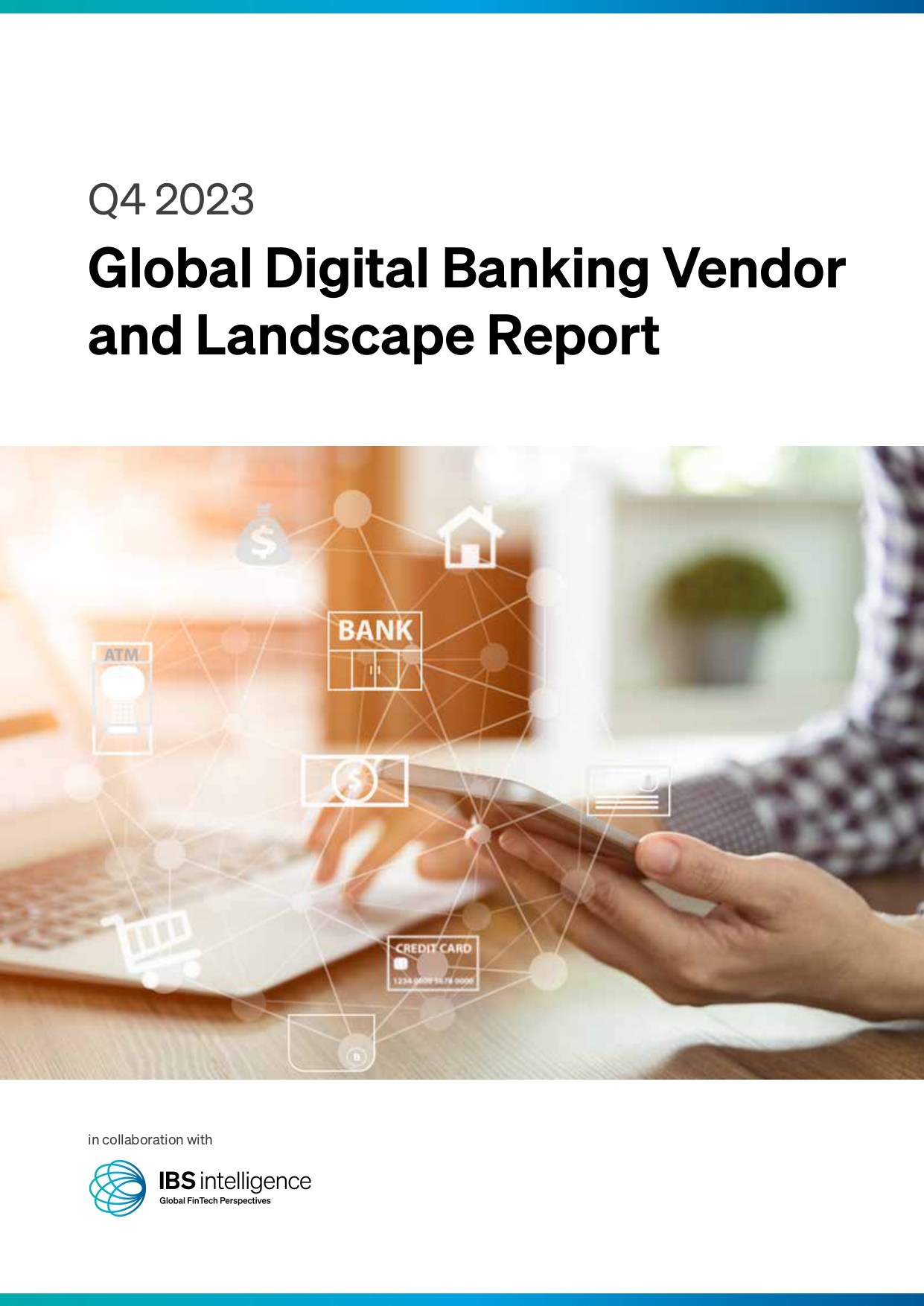What’s next in digital transformation in Europe
In Broadridge’s third annual Digital Transformation and Next-Gen Technology Study, 500 C-level executives and their direct reports across the buy side and sell side from 18 countries were surveyed

Mike Sleightholme, President, Broadridge International
On average, respondents’ firms control estimated assets of $121 billion. More than half agreed that digital transformation is currently the most important strategic initiative for their company, and the proportion of IT budgets allocated to digital transformation has increased to 27% on average, up from 11% last year. A further 71% of global respondents also say AI is now significantly changing the way they work.
The biggest increase in technology investment from European firms in the next 2 years will be allocated to cybersecurity – with respondents saying they plan to increase spending by 29% by 2025. This level of backing is followed closely by investments into cloud platforms and applications. Firms are ‘lifting and shifting’ legacy systems in favour of cost-effective, cloud-based infrastructure with microservices and APIs at the core.
Spending on data analysis and visualisation tools is planned to increase by 26% in the next 2 years. As it stands, too many firms are relying on fragmented data sets that could offer valuable insights if they were brought together and combined with powerful analytics solutions. The top driver for these investments is improved customer acquisition and retention. As market competition increases, the benefits that next-gen technologies can bring to the end-consumer are one of the most significant ways that firms may differentiate themselves from one another.
The second biggest factor in the decision-making process are cost savings and efficiencies. As next-gen technologies mature, the financial benefits become more tangible, making it easier to define a business case for investment.
Finally, speeding up the time it takes to bring new products to market is a priority for European firms and ranks as the third biggest driver for investments. This agility allows firms to take advantage of short-lived opportunities to gain market share in new asset classes or client segments as the pace of change accelerates.
The biggest challenge cited by European firms is insufficient budget for innovation. Particularly against today’s economic backdrop, firms are feeling hesitant to invest money into new projects. The second biggest challenge is staff resistance to constant change. Gaining buy-in from the teams that will be using the technology can be as important as buy-in from the C-suite approving investments. Education is important – firms must ensure their teams properly understand why these technologies are necessary, the efficiencies they can create, and how they will help the team, the business, and clients. The third most prevalent challenge for European firms is ongoing market and economic disruption. Against a backdrop of geopolitical tensions, recession fears and persistent inflation, it can be difficult for business leaders to focus their attention on technology investments.
Digital transformation is still at the top of the C-suite agenda, but it is also entering a new phase driven by more powerful technology. Widescale adoption of generative AI, as well as growing maturity in blockchain and DLT, will drive a new wave of exponential change. Other nascent technologies such as quantum computing and the metaverse are on the horizon.
When asked about the longer-term future, 65% of European firms believe that blockchain and DLT will become the core of financial markets infrastructure in 10 years’ time. Nearly a third believe that the metaverse will become a key channel for client interaction within the next 10 years. However, firms said they only plan to increase investment in the metaverse by 4% over the next 2 years, indicating a wait and see approach.
This is an exciting time for the financial services industry, adapting to the rapid pace of change may pose huge challenges for business and society, senior leaders should keep a firm eye on the opportunities created by digital and next-gen technologies as they evolve.
IBSi News

January 16, 2024
AI
FinBox & Capital Now team to enhance digital onboarding and risk assessment
Read More- Daily insightful Financial Technology news analysis
- Weekly snapshots of industry deals, events & insights
- Weekly global FinTech case study
- Chart of the Week curated by IBSi’s Research Team
- Monthly issues of the iconic IBSi FinTech Journal
- Exclusive invitation to a flagship IBSi on-ground event of your choice
IBSi FinTech Journal

- Most trusted FinTech journal since 1991
- Digital monthly issue
- 60+ pages of research, analysis, interviews, opinions, and rankings
- Global coverage
Other Related Blogs
December 19, 2023
Digital Disruption: How FinTechs Are Outpacing Traditional Banks in Trade Finance
Read MoreRelated Reports

Sales League Table Report 2023
Know More
Global Digital Banking Vendor & Landscape Report Q4 2023
Know More
Wealth Management & Private Banking Systems Report Q4 2023
Know More
IBSi Spectrum Report: Supply Chain Finance Platforms Q4 2023
Know More
